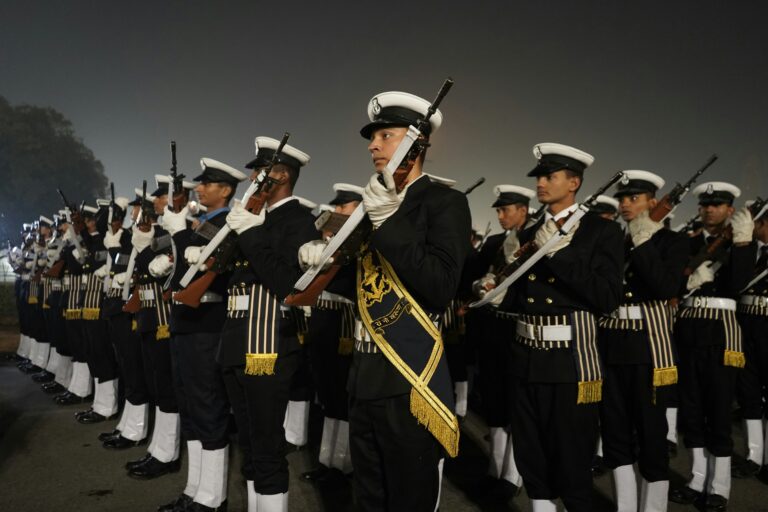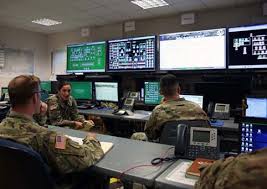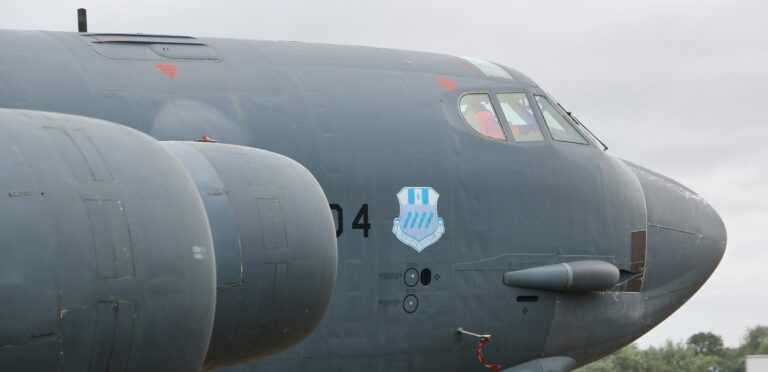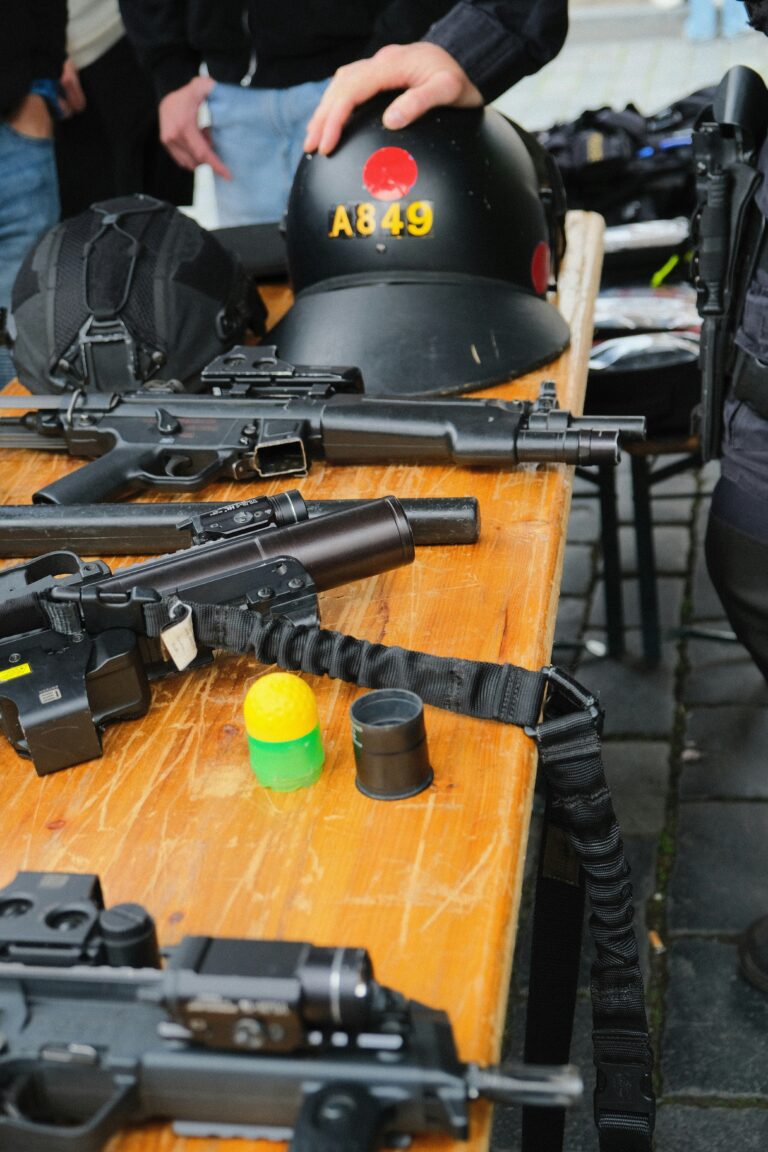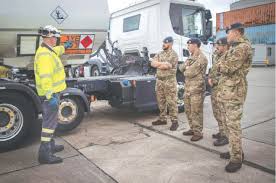Military Dog Handlers
Introduction
From sniffing out hidden explosives to taking down enemy combatants, military working dogs (MWDs) play a vital role in modern warfare. At the heart of their effectiveness are the UK Military Dog Handlers—specially trained personnel who live, train, and fight alongside their canine partners.

These human–dog teams serve in high-risk operational environments across the globe, combining loyalty and instinct with tactical training. In many cases, dogs have saved countless lives by detecting threats long before any human or machine could. This article explores the niche but highly impactful career of a British military dog handler.
Overview of the Role
Military Dog Handlers are responsible for:
| Task | Description |
|---|---|
| Training and Handling | Building a relationship with the dog and ensuring obedience under stressful conditions |
| Explosives Detection | Using dogs to detect IEDs, mines, and weapon caches |
| Patrol and Attack Support | Deploying dogs to detain or intimidate enemy personnel |
| Search and Rescue (SAR) | Locating trapped or missing personnel after disasters |
| Security Patrols | Guarding military installations, airbases, and convoys |
| VIP Protection | Working with police and Special Forces for high-profile events |
Their dogs are extensions of their own senses—an essential part of the team, not just a tool.

Branches and Units
Dog handlers serve in all three services:
- British Army
- Most handlers are in the Royal Army Veterinary Corps (RAVC)
- Operate within 1 Military Working Dog Regiment
- Royal Air Force
- RAF Police Dog Sections (under the RAF Police)
- Based at airbases like RAF Brize Norton and RAF Marham
- Royal Navy/Royal Marines
- Use dogs more selectively for force protection or with 3 Commando Brigade
In addition, handlers may support UK Special Forces, Joint Force Operations, or work alongside allied forces (e.g. NATO, US Army K9 units).

Types of Military Working Dogs
| Dog Type | Role |
|---|---|
| Search Dogs | Detect explosives, weapons, or narcotics |
| Patrol Dogs | Trained to protect and apprehend suspects |
| Dual-Purpose Dogs | Perform both detection and attack roles |
| Tracking Dogs | Follow scent trails for SAR or counter-insurgency |
| Protection Dogs | Assigned to guard key personnel or assets |
Common breeds include:
- Belgian Malinois
- German Shepherds
- Springer Spaniels
- Labradors
- Dutch Shepherds
Real-World Deployments
Military dogs and their handlers have served in:
- Afghanistan and Iraq – Counter-IED patrols, compound clearance, convoy security
- Northern Ireland – Urban patrol and riot support
- Mali and the Sahel region – Detecting smuggled arms and explosives
- Falkland Islands and Cyprus – Base security and patrol
- Domestic ops – G7 summits, Olympics, terror response in UK cities
In 2021, RAF dog handlers supported Operation Pitting during the Kabul evacuation, screening cargo planes and protecting evacuees.

Life as a Handler
A typical day involves:
- Training sessions with dogs (obedience, scent work, agility)
- Kennel maintenance and dog welfare checks
- Deployments with infantry or engineering units
- Mission briefings and intelligence updates
- Live patrols or security walks
- Feeding, grooming, and bonding time with the animal
- End-of-day reports on performance and health
Handlers often live close to their dogs, especially when deployed, building a deep bond essential for trust in dangerous situations.
Training and Qualification
Entry Requirements:
- Age: 17–35
- UK citizen
- Physically fit and mentally resilient
- Strong communication and observational skills
- No fear or allergy to dogs
Basic Training:
- Initial service training (Pirbright, Halton, or Raleigh)
- Followed by assessment for suitability with animals
Phase 2: Dog Handler Training
Conducted at the Defence Animal Training Regiment (DATR) in Melton Mowbray, Leicestershire:
- Dog psychology and learning theory
- Canine health, nutrition, and first aid
- Kennel management
- Scent detection techniques
- Patrol and bite work
- Safety protocols and welfare legislation
- Operational drills with live dogs
- Certification for specific roles (e.g. explosives detection, patrol dog)

Career Progression
| Rank | Role |
|---|---|
| Trainee Handler | Learns basic dog handling and care |
| Qualified Handler | Assigned dog and operational role |
| Senior Handler | Manages kennel teams or deploys on specialist missions |
| Dog Section Commander | Oversees regional or base-level MWD teams |
| RAVC Sergeant Major / RAF Dog Instructor | Strategic planning, recruitment, and assessment |
| Civilian Transition | MOD, police, private K9 sector |
Some handlers also progress into:
- Specialist K9 roles (e.g. Counter-IED Task Forces)
- Instructor roles at DATR or Police K9 schools
- Dog welfare and policy advisory posts
- Veterinary care support (with further training)
Equipment and Tech
While the dog is the most valuable “tool,” handlers also carry:
- Leashes, harnesses, and muzzles
- High-vis vests, cooling jackets, paw protection
- First-aid kits for dogs (wound dressings, saline, pain relief)
- Tracking and scent kits (buried training aids, mock IEDs)
- GoPro or bodycams for evidence and training review
- Comms gear to coordinate with unit
- Ballistic vests for dual-purpose dogs (optional)
Pay and Perks
| Position | Salary Range |
|---|---|
| Trainee Handler | £18,000–£22,000 |
| Qualified Handler | £24,000–£30,000 |
| Experienced NCO | £32,000–£45,000 |
| Senior Instructor | £45,000–£60,000+ |
Additional benefits include:
- Operational bonuses
- Accommodation and food allowance
- Free veterinary care for dogs
- Opportunities to adopt dogs post-retirement
- Overseas deployment bonuses
- Excellent transition support into police or private sector K9 work

Post-Military Careers
Many handlers transition to civilian roles such as:
- Police dog handler (Home Office or MOD Police)
- Customs & Border Force K9 teams
- Private security (VIP, airports, maritime)
- Search and rescue units (SARDA)
- Dog training businesses
- Animal welfare charities (e.g. Dogs Trust, RSPCA)
Some even move into veterinary assistant roles, wildlife conservation (anti-poaching K9 units), or international NGO work.
Unique Challenges
✅ Pros:
- Strong bond with a highly intelligent partner
- Highly respected and transferable skills
- Great mix of field work, travel, and teamwork
- Fulfilling role saving lives directly
- Growing demand for K9 expertise worldwide
⚠️ Challenges:
- Emotionally demanding (dogs can be injured or killed)
- Physical hardship (long patrols, hot/cold conditions)
- High responsibility for both dog and team safety
- Risk of attack, injury, or PTSD (for both handler and dog)
Conclusion
Military Dog Handlers are among the most unique specialists in the British Armed Forces. With their four-legged teammates, they save lives, locate threats, and offer protection in situations where no machine can compete. It’s a partnership based on trust, discipline, and loyalty—qualities that define military service at its best.
For those who love animals, thrive under pressure, and want a career that truly matters, handling a military working dog may be the most rewarding path available.

